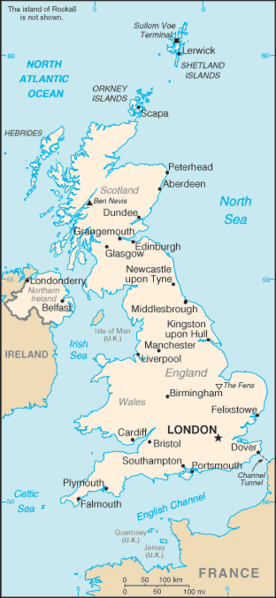Following the recent Hajj annual pilgrimage to Mecca in the Kingdom of Saudi Arabia (KSA), UK clinicians have been reminded to be vigilant for suspect Middle Eastern Respiratory Syndrome Coronavirus (MERS-CoV) cases among returning travelers presenting to hospital with acute respiratory symptoms – so as to ensure early detection, respiratory isolation and testing with the aim of limiting onward spread.

The Hajj festival, a mass gathering that draws more than two million pilgrims from around the world, is well recognized as an amplifying event for respiratory pathogens. Respiratory illness is common amongst travelers returning from the Hajj, with increased rates of acute respiratory illness and infection observed in previous studies.
Since the first recognition of MERS in September 2012, there have been concerns about transmission of this infection linked to this mass gathering event, and of associated exportations as pilgrims return home. No Hajj-related MERS cases have been reported over the seasons since. Taking account of recent reports of MERS transmission in Riyadh, however, the UK has raised awareness of the potential of MERS acquisition.
The UK has an established enhanced surveillance system for suspect MERS cases in travelers returning from the Middle East and hospitalized with an acute respiratory illness. In the period 1 September 2015 to 7 October 2015, there have been a total of 19 possible MERS cases reported in travelers returning from KSA, who required admission to hospital with acute respiratory illness. All cases were tested and were negative for MERS-CoV. To date nine (47%) have been diagnosed as influenza A positive (including one co-infection with RSV, one with paraflu-3 and one with rhinovirus), four (21%) as rhinovirus positive (single infection) and one (5%) adenovirus positive.
The picture in 2015 is very similar to that seen in the two previous Hajj/Umrah periods during which MERS surveillance has been operational in the UK. In 2013, from 1 September until 1 November, a total of 24 possible cases were reported and investigated. All were negative for MERS-CoV on laboratory investigation, but 11 (46%) were positive for influenza A and seven (29%) for rhinovirus (although six of these were co-infections with influenza). Similarly in 2014, in the period from 1 September until 1 November, a total of seven MERS-CoV cases were investigated. All were negative for MERS-CoV, but three (43%) were positive for rhinovirus, three (42%) for influenza. All cases were hospitalized, including admissions to critical care units. Information on influenza vaccine status and antiviral treatment of these cases are not known.
Clinicians should remain vigilant for MERS-CoV in travelers returning from the Middle East and who present with a recent acute respiratory illness that has resulted in hospitalization. It is important that strict respiratory infection control measures are put in place and MERS-CoV testing is expedited. However, particularly for Hajj returnees, clinicians should be aware that influenza may be a more likely explanation for the patient’s symptoms and they should not hesitate to start empirical antiviral treatment for influenza on admission if indicated, pending the results of laboratory investigations for influenza, MERS-CoV and other respiratory pathogens. In addition, these findings reinforce the MOH-KSA recommendation that pilgrims be vaccinated against seasonal influenza, especially those at increased risk of severe disease.


One thought on “UK physicians urged to be on lookout for MERS in returning Hajj pilgrims”